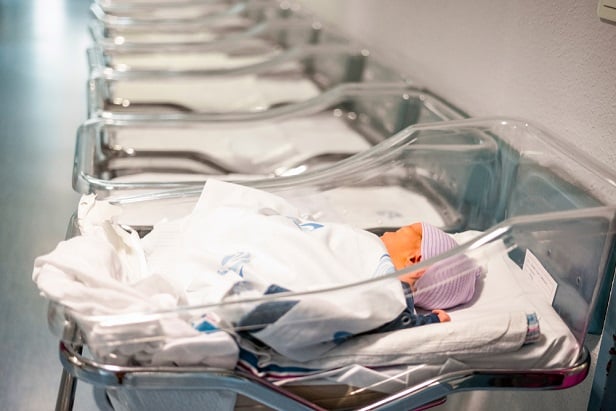The economic and public health fallout of the COVID-19 pandemic could result in an impending "baby bust." A new report published by Brookings suggests that the U.S. could see a decline of between 300,000 to 500,000 births if the labor market continues to suffer beyond this year.
Economic factors have impacted birth rates throughout history, say authors Melissa S. Kearney, a nonresident senior fellow at Brookings, and Phillip Levine, a professor of economics at Wellesley College.
Recommended For You
Complete your profile to continue reading and get FREE access to BenefitsPRO, part of your ALM digital membership.
Your access to unlimited BenefitsPRO content isn’t changing.
Once you are an ALM digital member, you’ll receive:
- Breaking benefits news and analysis, on-site and via our newsletters and custom alerts
- Educational webcasts, white papers, and ebooks from industry thought leaders
- Critical converage of the property casualty insurance and financial advisory markets on our other ALM sites, PropertyCasualty360 and ThinkAdvisor
Already have an account? Sign In Now
© 2025 ALM Global, LLC, All Rights Reserved. Request academic re-use from www.copyright.com. All other uses, submit a request to [email protected]. For more information visit Asset & Logo Licensing.









